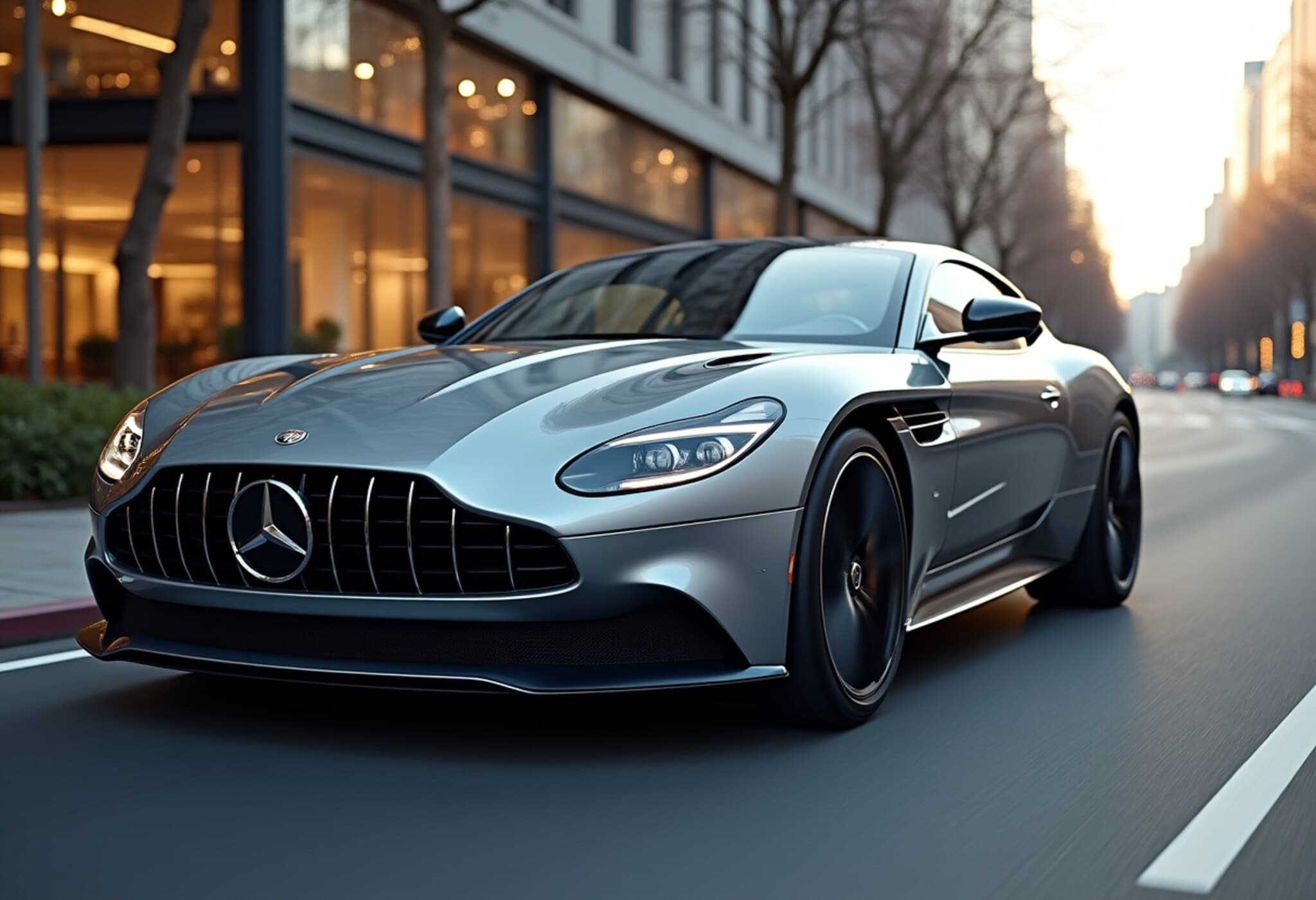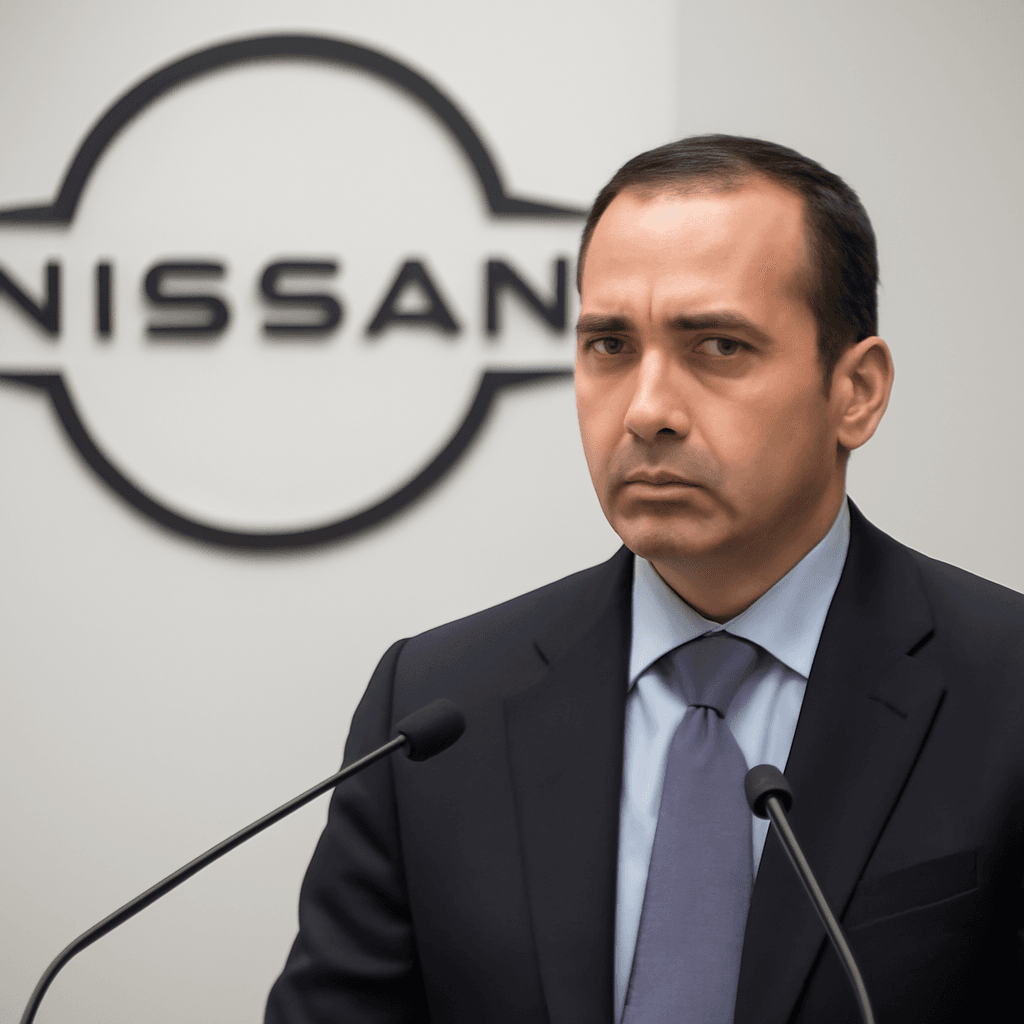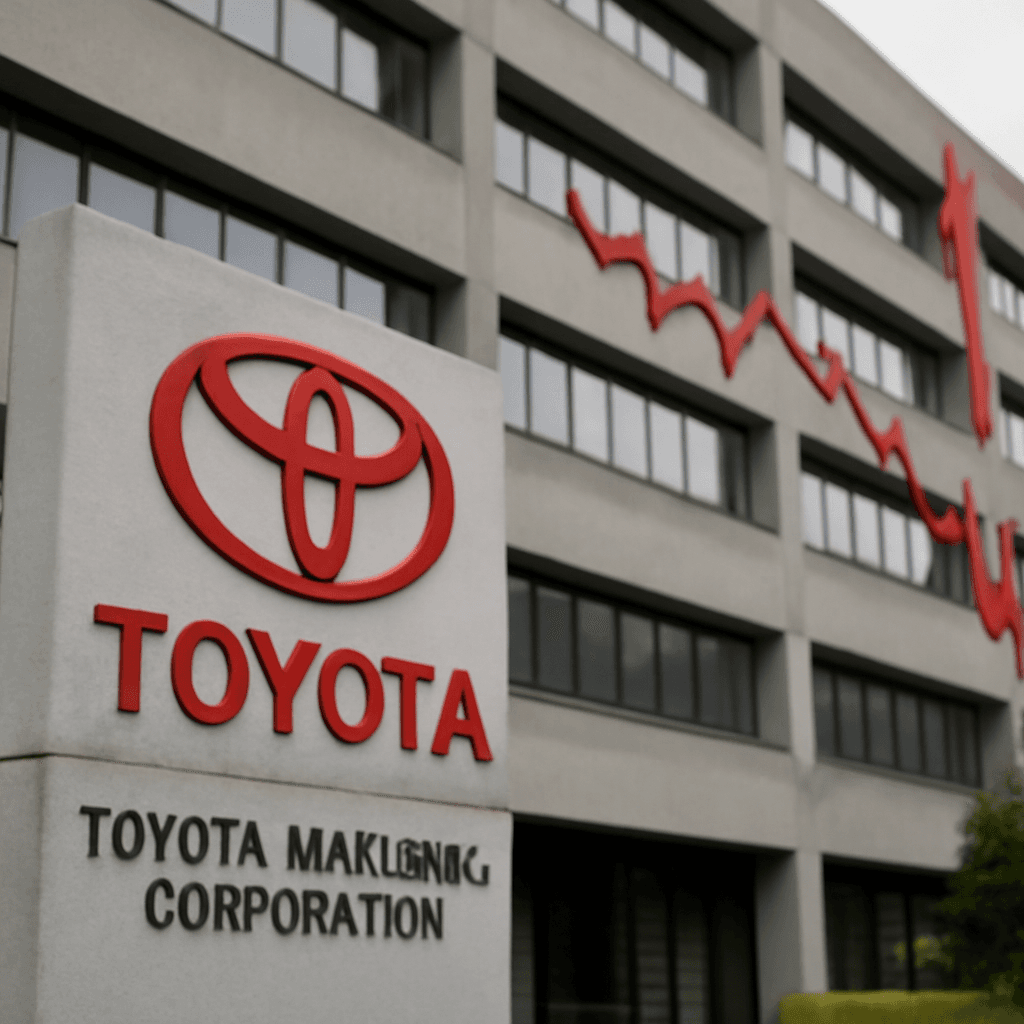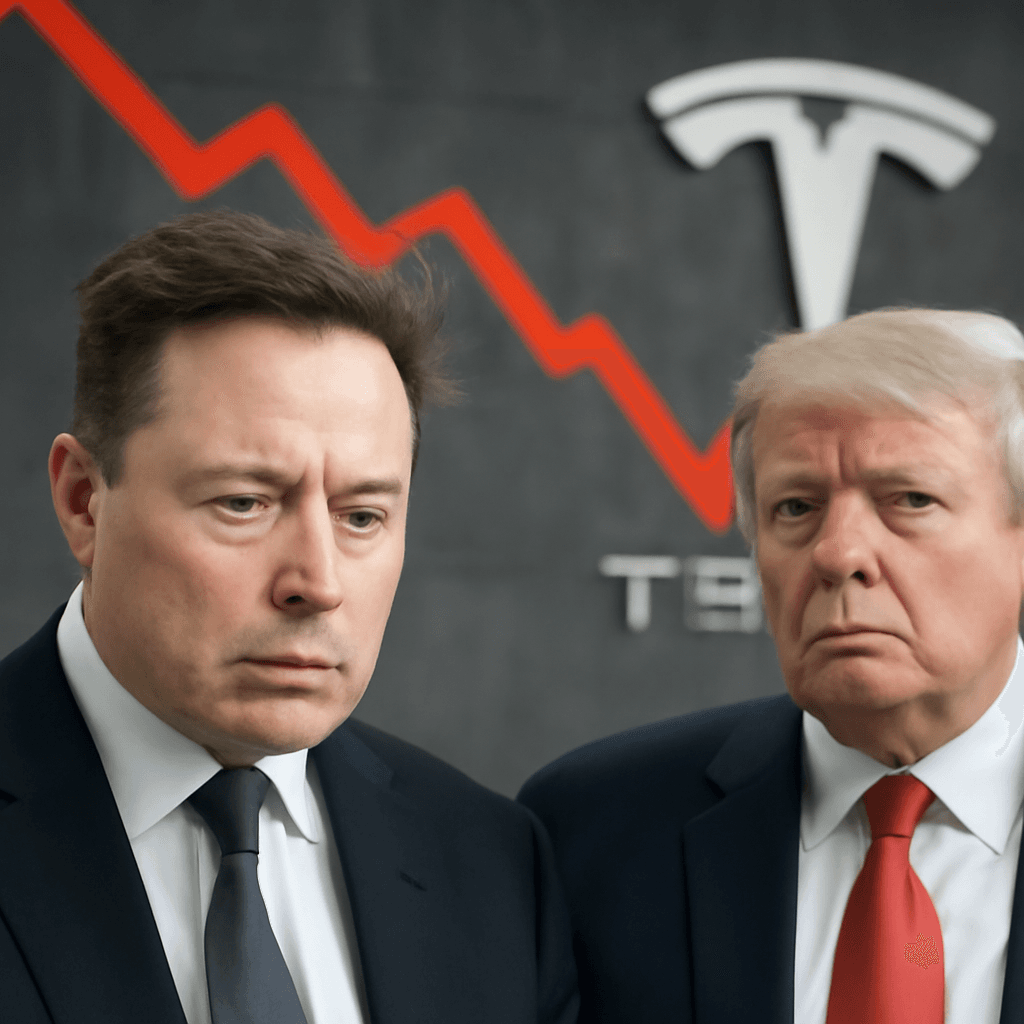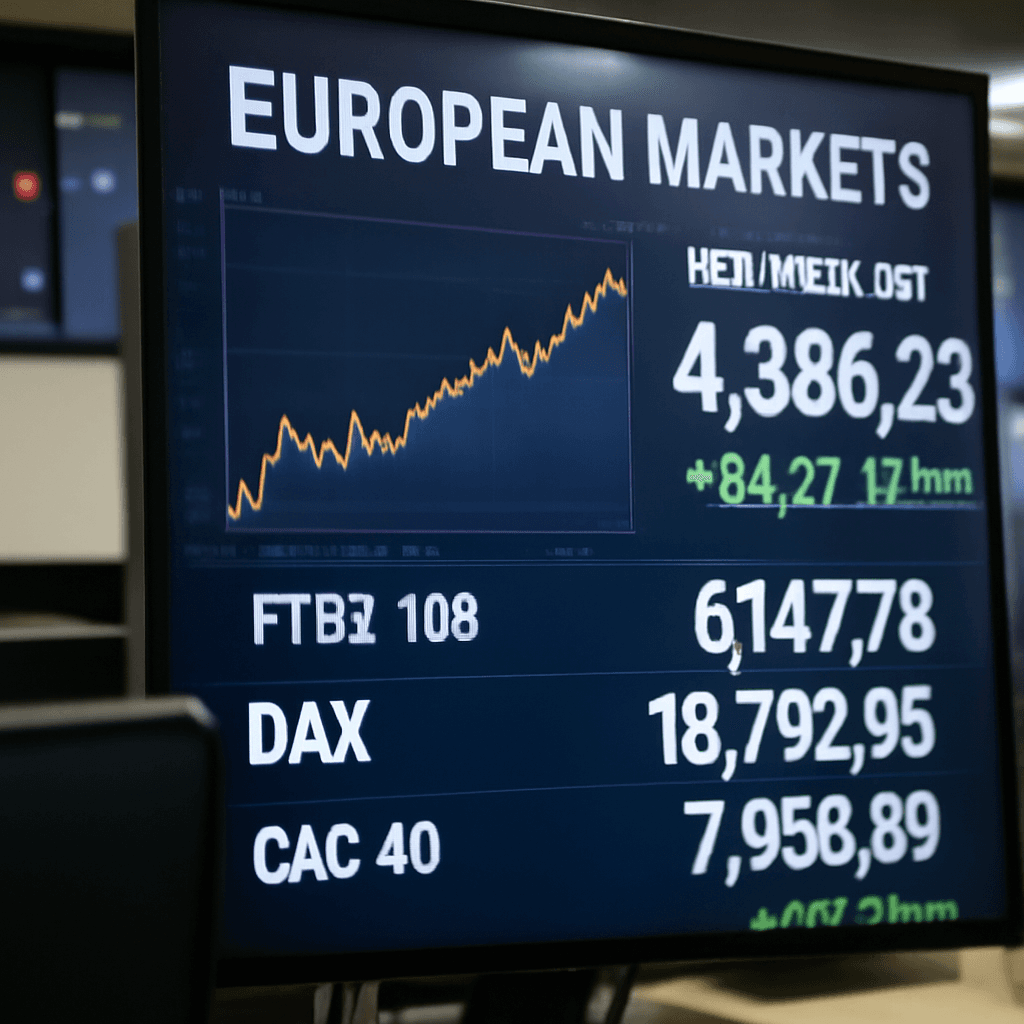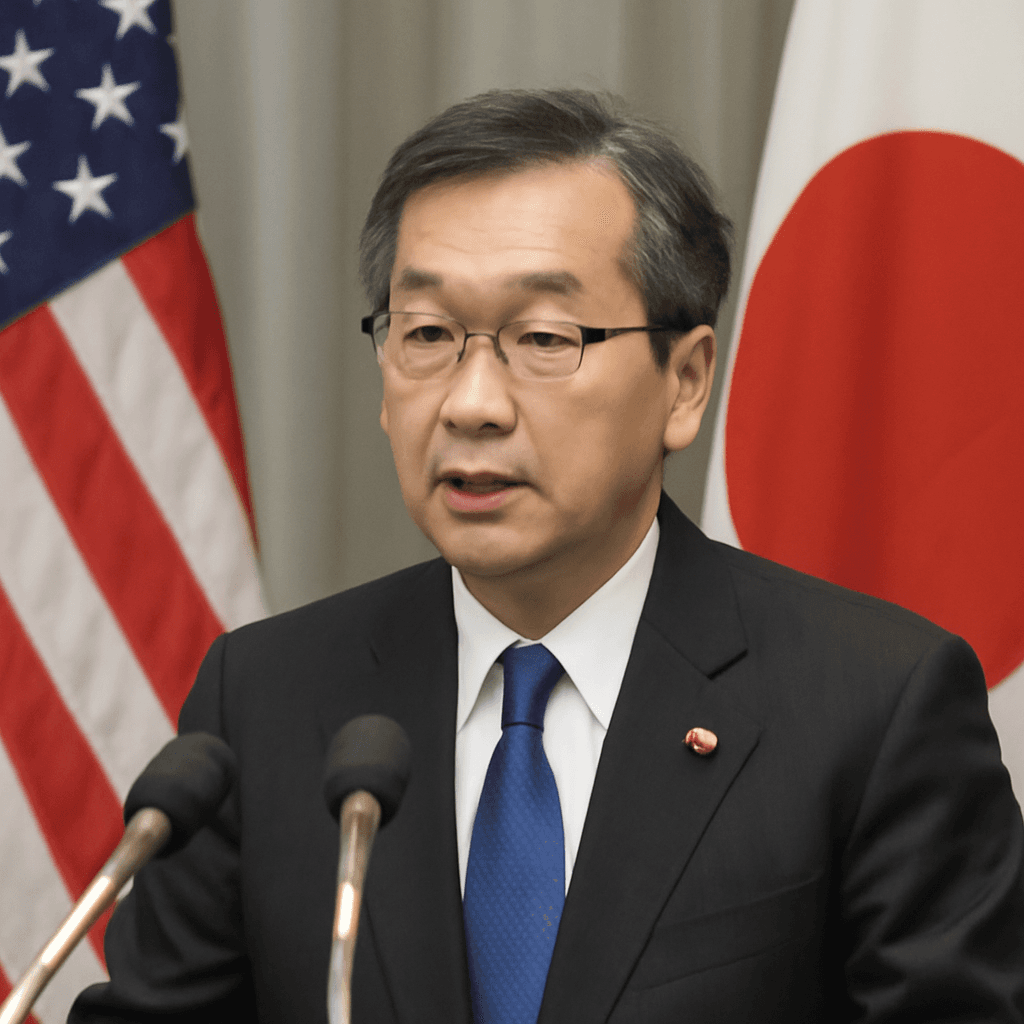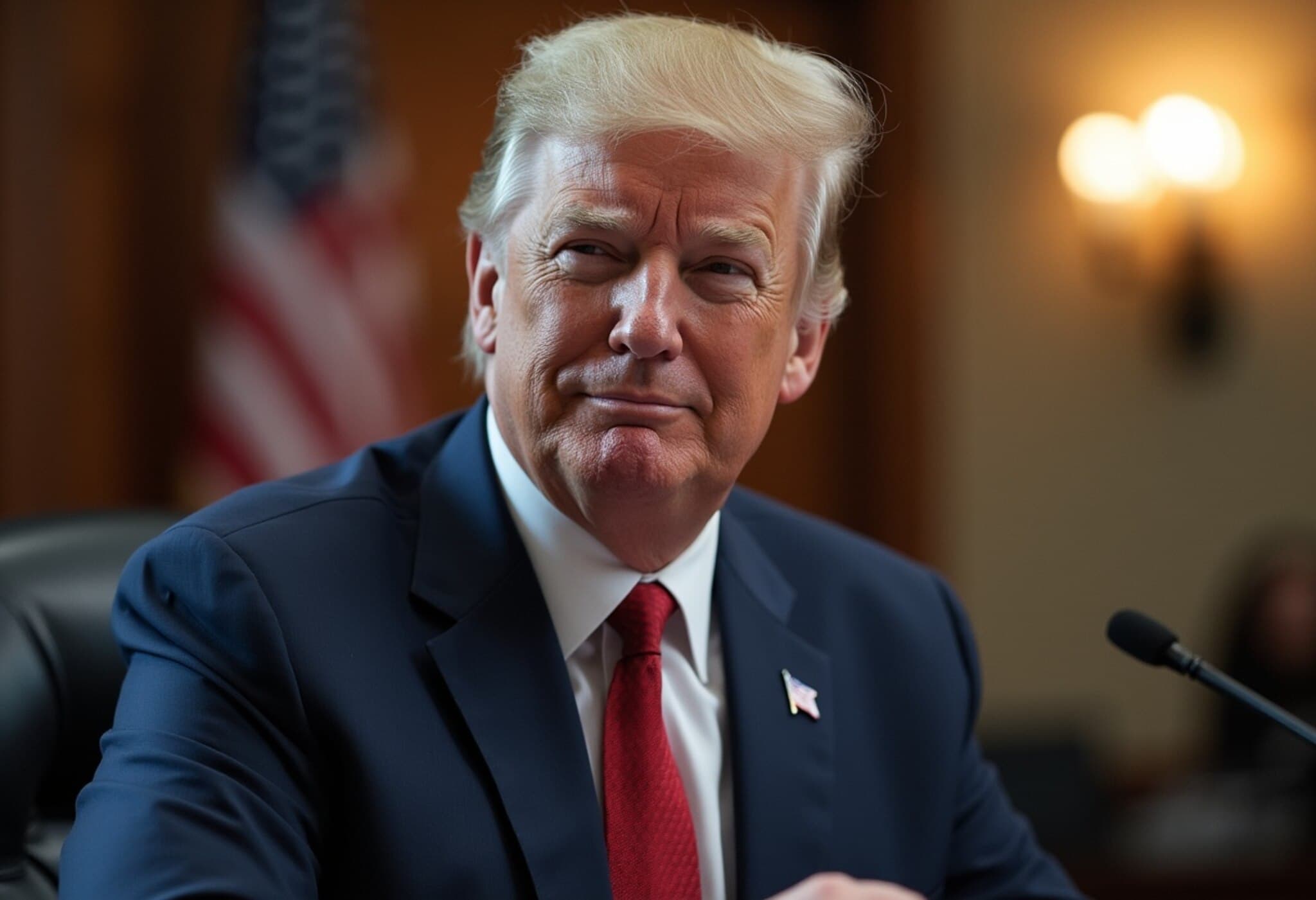Luxury Automakers Confront Nearly $900 Million Impact from U.S. Tariffs
German giants Porsche and Mercedes-Benz Group, alongside British marque Aston Martin, have all signaled significant financial strain due to escalating U.S. import tariffs on European automobiles. Together, these luxury brands reported a staggering combined cost burden surpassing $889 million—a sharp reminder of the far-reaching consequences of trade policy shifts in the global auto industry.
Breaking Down the Numbers
- Porsche reported a €400 million (approx. $462 million) hit in just the first half of 2025, reflecting the direct cost of increased tariffs.
- Mercedes-Benz Group disclosed tariff-related costs of about €370 million in Q2 alone.
- Aston Martin, famous for its James Bond legacy, issued a profit warning linking decreased profitability to tariffs and slowing demand in China.
Collectively, these figures highlight how deeply entrenched the U.S.-EU trade conflict has become, amplifying pressure on established automotive leaders whose supply chains and manufacturing footprints span continents.
Trade Turbulence: More than a Passing Storm
Oliver Blume, chairman of Porsche’s executive board, put it plainly: “This is not a storm that will pass.” His comments underscore a broader reality facing the auto sector—an era of unpredictable trade policies and complex global market dynamics.
The recent spike in tariffs originates from policies introduced during the Trump administration, aiming to protect American automakers by imposing levies on foreign vehicles. Specifically, the White House escalated tariffs on European car imports to 27.5%, markedly increasing manufacturers’ operational costs and market uncertainties.
Global Manufacturing in a Crossfire
European carmakers have long relied on intricate global supply chains and North American manufacturing to optimize cost and efficiency. The sudden tariff escalation disrupts this balance, forcing companies to rethink investment strategies amid shifting competitive landscapes.
Moreover, the situation is compounded by weakening demand in key markets like China, putting additional strain on companies like Aston Martin that have historically depended on burgeoning overseas consumers.
Hope on the Horizon? U.S.-EU Framework Agreement
In a recent development, the U.S. and European Union agreed to a framework lowering tariffs on EU goods to 15%, a significant reduction from the previously threatened 30%. For the automotive sector, this represents a nearly 50% tariff cut, offering a glimmer of relief.
Yet, industry leaders caution against complacency. The reduced tariff still represents a substantial cost that companies must absorb or pass on to consumers. Additionally, the broader geopolitical and economic shifts mean that uncertainty remains the new normal.
Stock Market Reactions Reflect Sector Sentiment
- Porsche’s shares climbed 2.4% following the announcement, hinting investor optimism about the tariff easing.
- Conversely, Mercedes-Benz Group’s stock dipped 1.5%, and Aston Martin’s shares declined more than 2%, signaling ongoing concerns about profitability and market headwinds.
Expert Insight: Navigating an Uncertain Road Ahead
From an economic perspective, these tariff disputes spotlight the friction between protectionist policies and highly integrated global industries. The luxury car segment, often reliant on innovation, brand prestige, and international sales, is particularly vulnerable.
Policy analysts warn such tariffs could accelerate shifts in production strategies—prompting automakers to consider localizing manufacturing closer to key markets like the U.S., despite higher costs, to reduce exposure to volatile trade disputes.
Furthermore, the tariffs feed into inflationary pressures across the automotive supply chain, potentially affecting vehicle pricing and consumer affordability.
Looking Forward: Questions for Stakeholders
- Will automakers accelerate relocation or diversification of manufacturing bases to mitigate tariffs?
- How will consumers respond to potential price increases triggered by sustained tariff costs?
- Can policymakers bridge gaps in international trade to foster more stable, predictable environments for industries reliant on cross-border collaboration?
Editor’s Note
As trade policies continue to evolve unpredictably, the luxury automotive sector stands as a bellwether for wider economic ripple effects. While recent tariff reductions soften the blow, the structural challenges of global manufacturing and shifting consumer markets demand agile strategies and open dialogue between policymakers and industry leaders. The journey toward balance and stability remains intricate and ongoing.

